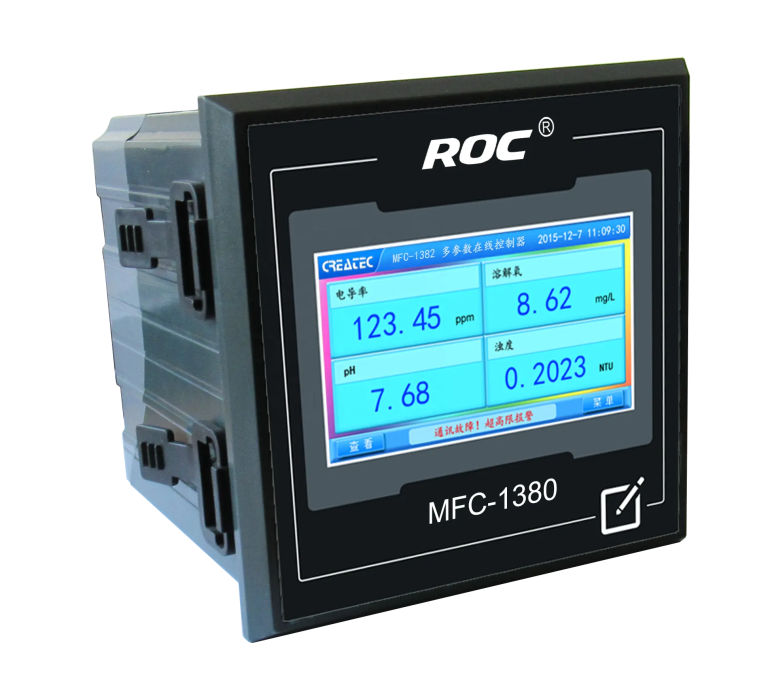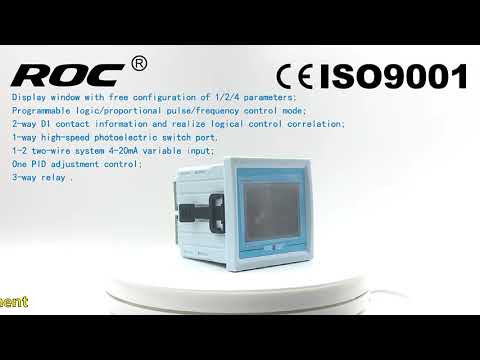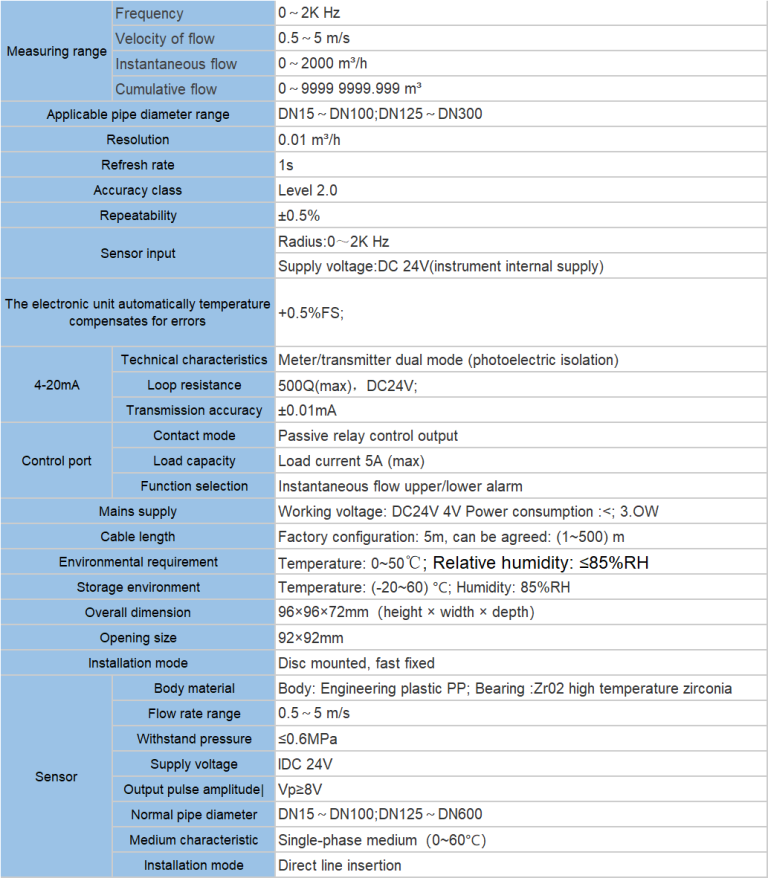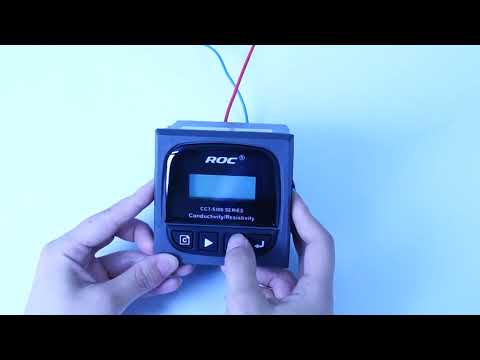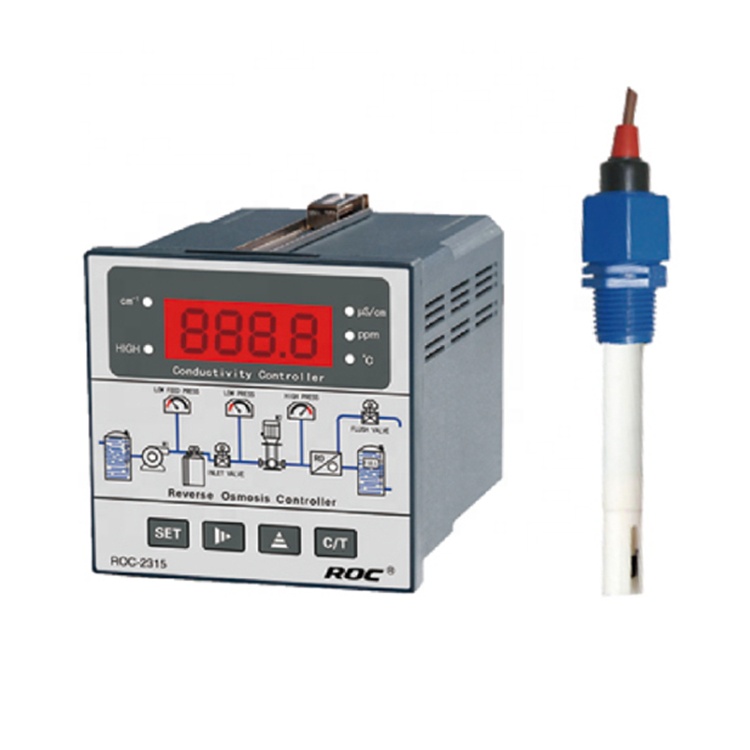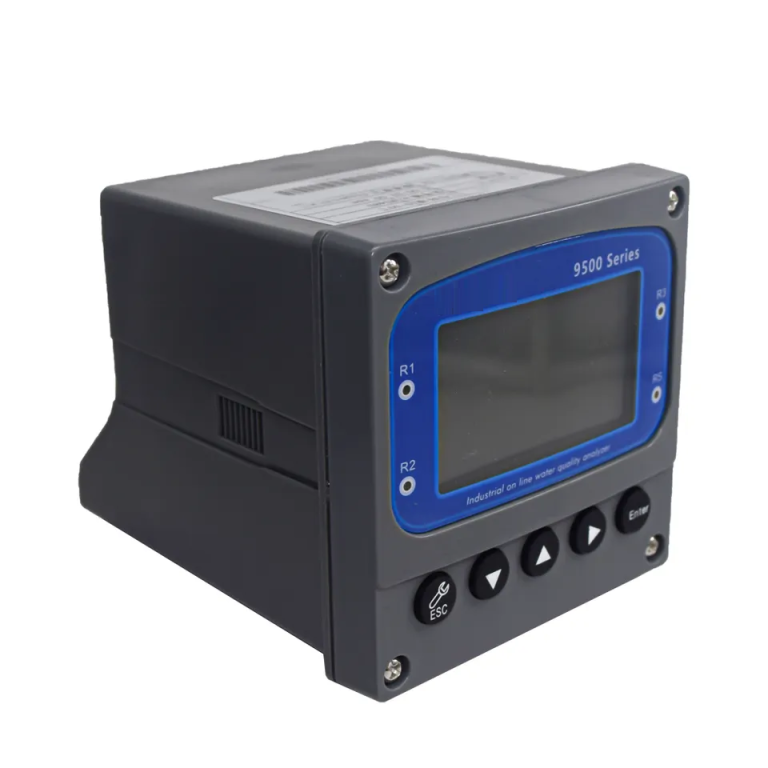Table of Contents
Understanding the Functionality of Multiparameter Digital Water Quality Meters
Multiparameter digital water quality meters are innovative devices that have revolutionized the way we monitor and assess the quality of water. These devices are designed to measure multiple parameters simultaneously, providing a comprehensive analysis of water quality. The parameters typically measured include pH, temperature, conductivity, dissolved oxygen, turbidity, and salinity, among others. The ability to measure these parameters in a single device makes these meters an indispensable tool for environmental scientists, water treatment professionals, and anyone else who needs to monitor water quality.
The functionality of multiparameter digital water quality meters is based on advanced sensor technology. Each parameter has a specific sensor that is designed to detect and measure it. For instance, a ph sensor measures the acidity or alkalinity of the water, while a temperature sensor measures the water’s temperature. These sensors are typically housed in a probe that is submerged in the water. The sensors then transmit the data they collect to a digital display, where it can be read and interpreted.
One of the key advantages of multiparameter digital water quality meters is their accuracy. Because they use advanced sensor technology, these devices can provide highly accurate readings. This is crucial in situations where precise measurements are needed, such as in water treatment plants or environmental monitoring programs. Moreover, these devices can also store data for future reference, allowing for trend analysis and long-term monitoring of water quality.
Another significant benefit of multiparameter digital water quality meters is their versatility. These devices can be used in a wide range of environments, from freshwater streams and lakes to seawater and wastewater. This makes them a valuable tool for a variety of applications, including environmental monitoring, water treatment, aquaculture, and research.
| Model | EC-810 Conductivity/resistivity controller |
| Range | 0-200/2000/4000/10000uS/cm |
| 0-20/200mS/cm 0-18.25MΩ | |
| Accuracy | Conductivity:1.5%; Resistivity:2.0%(FS) |
| Temp. Comp. | Automatic temperature compensation based on 25℃ |
| Oper. Temp. | Normal 0~50℃; High temp 0~120℃ |
| Sensor | 0.01/0.02/0.1/1.0/10.0cm-1 |
| Display | LCD Screen |
| Current Output | 4-20mA output/2-10V/1-5V |
| Output | High/Low limit dual relay control |
| Power | AC 220V±10% 50/60Hz or AC 110V±10% 50/60Hz or DC24V/0.5A |
| Working Environment | Ambient temperature:0~50℃ |
| Relative humidity≤85% | |
| Dimensions | 96×96×100mm(H×W×L) |
| Hole Size | 92×92mm(H×W) |
| Installation Mode | Embedded |
Despite their advanced functionality, multiparameter digital water quality meters are designed to be user-friendly. They typically feature a digital display that is easy to read and interpret, and some models even have touch-screen interfaces for added convenience. Additionally, these devices are often portable, making them ideal for fieldwork. Some models are also waterproof and ruggedly built to withstand harsh environmental conditions.
| ROS-8600 RO Program Control HMI Platform | ||
| Model | ROS-8600 Single Stage | ROS-8600 Double Stage |
| Measuring range | Source water0~2000uS/cm | Source water0~2000uS/cm |
| First level effluent 0~200uS/cm | First level effluent 0~200uS/cm | |
| secondary effluent 0~20uS/cm | secondary effluent 0~20uS/cm | |
| Pressure sensor(optional) | Membrane pre/post pressure | Primary/ secondary membrane front/rear pressure |
| pH Sensor(optional) | —- | 0~14.00pH |
| Signal collection | 1.Raw water low pressure | 1.Raw water low pressure |
| 2.Primary booster pump inlet low pressure | 2.Primary booster pump inlet low pressure | |
| 3.Primary booster pump outlet high pressure | 3.Primary booster pump outlet high pressure | |
| 4.High liquid level of Level 1 tank | 4.High liquid level of Level 1 tank | |
| 5.Low liquid level of Level 1 tank | 5.Low liquid level of Level 1 tank | |
| 6.Preprocessing signal | 6.2nd booster pump outlet high pressure | |
| 7.Input standby ports x2 | 7.High liquid level of Level 2 tank | |
| 8.Low liquid level of Level 2 tank | ||
| 9.Preprocessing signal | ||
| 10.Input standby ports x2 | ||
| Output control | 1.Water inlet valve | 1.Water inlet valve |
| 2.Source water pump | 2.Source water pump | |
| 3.Primary booster pump | 3.Primary booster pump | |
| 4.Primary flush valve | 4.Primary flush valve | |
| 5.Primary dosing pump | 5.Primary dosing pump | |
| 6.Primary water over standard discharge valve | 6.Primary water over standard discharge valve | |
| 7.Alarm output node | 7.Secondary booster pump | |
| 8.Manual standby pump | 8.Secondary flush valve | |
| 9.Secondary dosing pump | 9.Secondary dosing pump | |
| Output standby port x2 | 10.Secondary water over standard discharge valve | |
| 11.Alarm output node | ||
| 12.Manual standby pump | ||
| Output standby port x2 | ||
| The main function | 1.Correction of electrode constant | 1.Correction of electrode constant |
| 2.Overrun alarm setting | 2.Overrun alarm setting | |
| 3.All working mode time can be set | 3.All working mode time can be set | |
| 4.High and low pressure flushing mode setting | 4.High and low pressure flushing mode setting | |
| 5.The low pressure pump is opened when preprocessing | 5.The low pressure pump is opened when preprocessing | |
| 6.Manual/automatic can be chosen when boot up | 6.Manual/automatic can be chosen when boot up | |
| 7.Manual debugging mode | 7.Manual debugging mode | |
| 8.Alarm if communication interruption | 8.Alarm if communication interruption | |
| 9. Urging payment settings | 9. Urging payment settings | |
| 10. Company name,website can be customized | 10. Company name,website can be customized | |
| Power supply | DC24V±10% | DC24V±10% |
| Expansion interface | 1.Reserved relay output | 1.Reserved relay output |
| 2.RS485 communication | 2.RS485 communication | |
| 3.Reserved IO port, analog module | 3.Reserved IO port, analog module | |
| 4.Mobile/computer/touch screen synchronous display | 4.Mobile/computer/touch screen synchronous display | |
| Relative humidity | ≦85% | ≤85% |
| Environment temperature | 0~50℃ | 0~50℃ |
| Touch screen size | 163x226x80mm (H x W x D) | 163x226x80mm (H x W x D) |
| Hole Size | 7 inch:215*152mm(wide*high) | 215*152mm(wide*high) |
| Controller size | 180*99(long*wide) | 180*99(long*wide) |
| Transmitter size | 92*125(long*wide) | 92*125(long*wide) |
| Installation method | Touch screen:panel embedded; Controller: plane fixed | Touch screen:panel embedded; Controller: plane fixed |
However, it’s important to note that while multiparameter digital water quality meters offer many benefits, they also require proper maintenance to ensure their accuracy and longevity. This includes regular calibration, cleaning, and sensor replacement when necessary. It’s also crucial to use these devices correctly, following the manufacturer’s instructions to ensure accurate readings.
The Role of Multiparameter Digital Water Quality Meters in Ensuring Safe Water Supply
Water is a fundamental resource for life, and its quality is of paramount importance for human health and the environment. The role of multiparameter digital water quality meters in ensuring a safe water supply is therefore crucial. These devices are designed to measure various parameters of water quality, including pH, temperature, conductivity, dissolved oxygen, and turbidity, among others. By providing accurate and reliable data, they play a significant role in water quality monitoring and management.
The first point to consider is the importance of these parameters in determining water quality. The pH level, for instance, is a measure of how acidic or alkaline the water is. It is essential for the survival of aquatic life and can also affect the solubility and toxicity of heavy metals in the water. Temperature, on the other hand, can influence the rate of chemical reactions and the solubility of gases in water. Conductivity is a measure of the water’s ability to conduct electricity, which is directly related to the amount of dissolved salts or minerals in the water. Dissolved oxygen is vital for the survival of aquatic organisms, while turbidity, or the cloudiness of the water, can affect the growth of aquatic plants and the survival of aquatic organisms.
Multiparameter digital water quality meters are designed to measure these parameters accurately and efficiently. They are equipped with advanced sensors and microprocessors that provide precise readings. Moreover, they are typically portable and easy to use, making them suitable for field measurements. This allows for real-time monitoring of water quality, which is crucial for timely detection and mitigation of any potential issues.
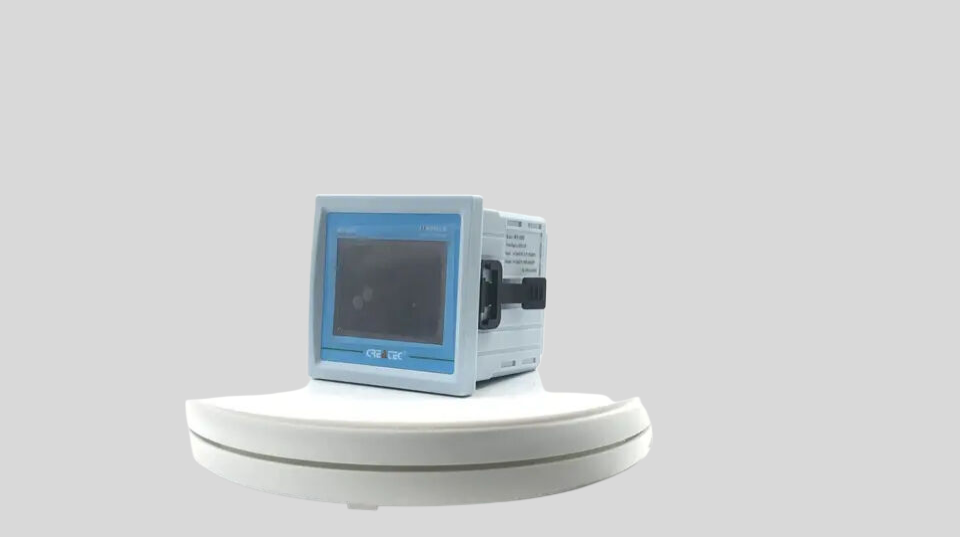
The use of these devices is not limited to natural water bodies. They are also used in various industries that rely on water for their operations. For instance, in the food and beverage industry, water quality is critical for product safety and quality. Similarly, in the pharmaceutical industry, water is often used as a solvent in the production of drugs, and its quality can significantly affect the final product. In these contexts, multiparameter digital water quality meters are used to ensure that the water used meets the required standards.
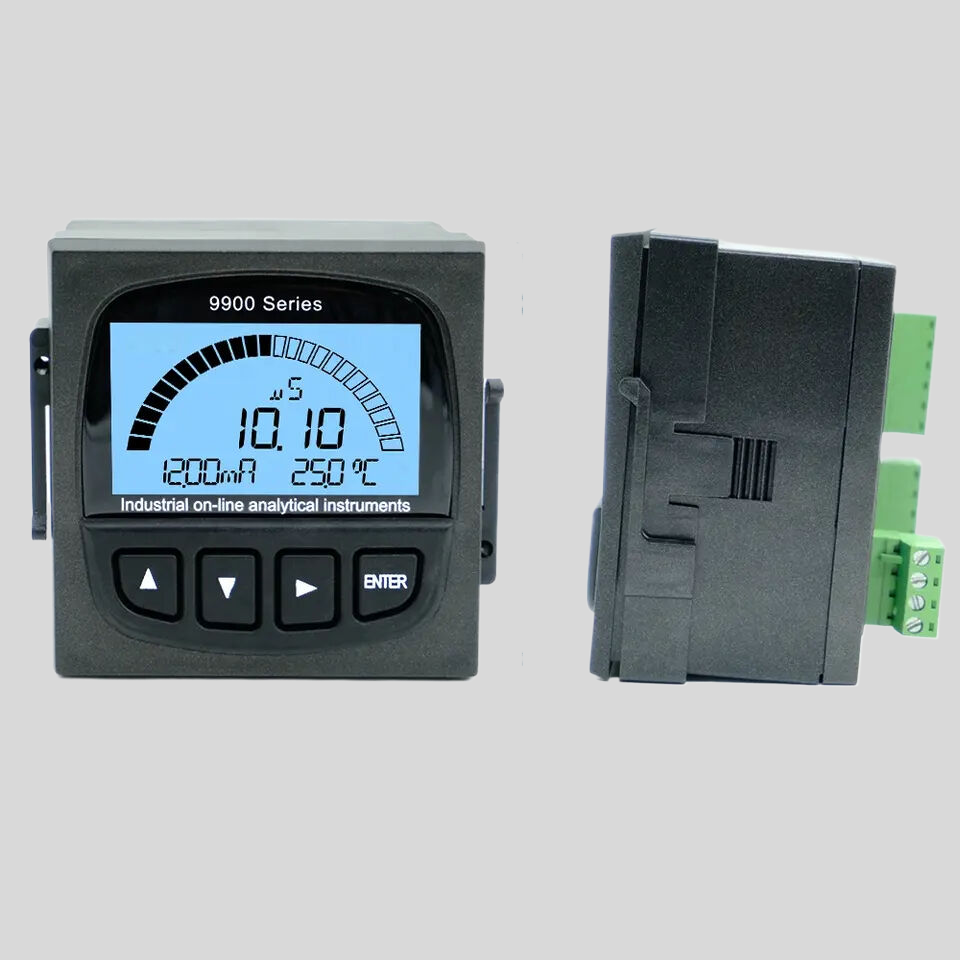
In addition to industrial applications, these devices are also used in municipal water treatment plants. Here, they are used to monitor the efficiency of the treatment process and ensure that the treated water is safe for consumption. They can also be used in residential settings to test the quality of tap water.
In conclusion, multiparameter digital water quality meters play a vital role in ensuring a safe water supply. They provide accurate and reliable data on various water quality parameters, enabling timely detection and mitigation of potential issues. Their use spans across various sectors, from natural water bodies to industries and municipal water treatment plants. As such, they are an indispensable tool in our efforts to safeguard this precious resource. As we continue to face the challenges of water pollution and scarcity, the importance of these devices in ensuring the safety and sustainability of our water supply cannot be overstated.

